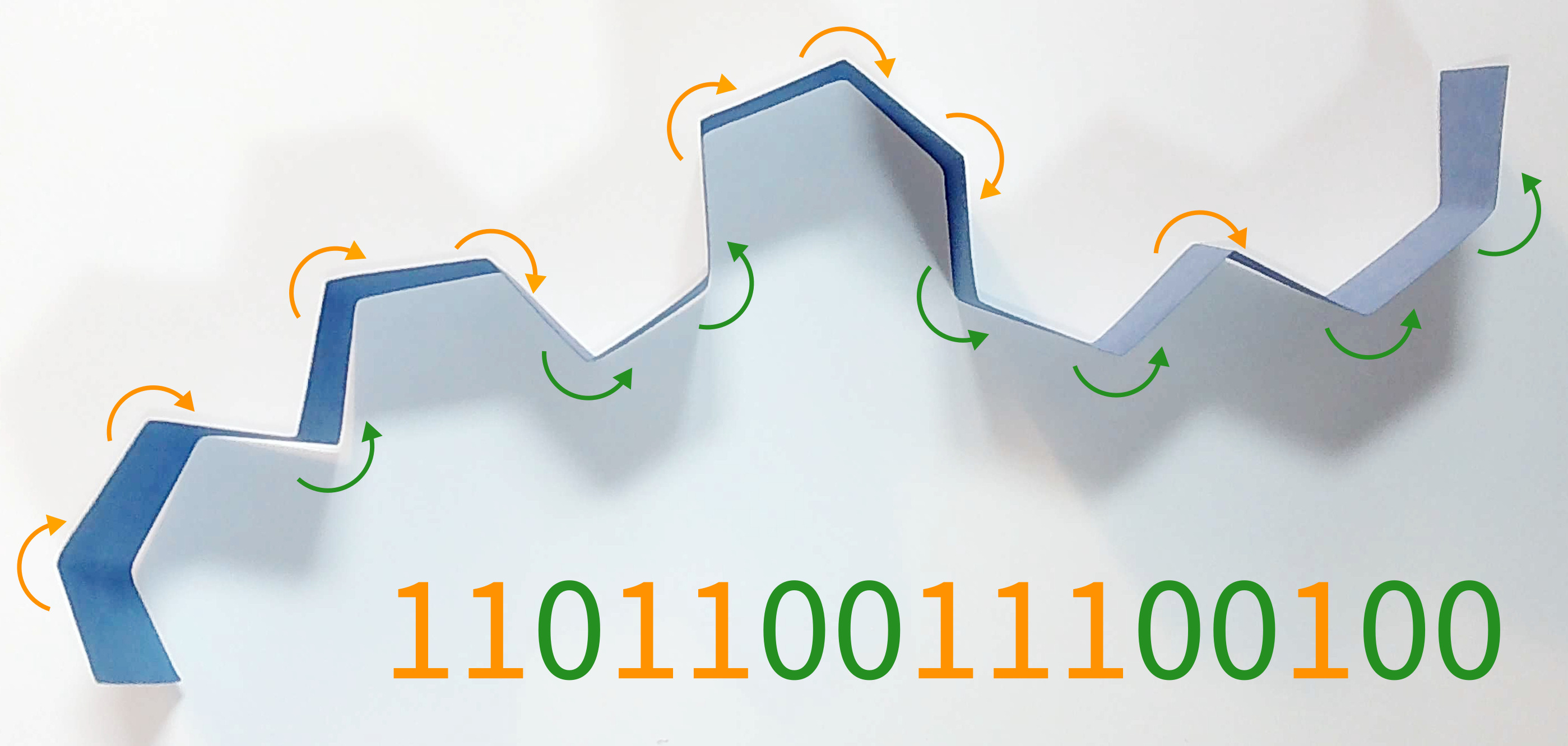Lecture 8
Recursion
MCS 275 Spring 2024
Emily Dumas
Lecture 8: Recursion
Reminders and announcements:
- Homework 3 posted, due Tuesday at Noon
- Project 1 description will be posted over the weekend. Discussion in Monday's lecture.
A few parting words about context managers...
Context manager summary
Safest way
#
with CtxMgr() as varname:
thing(varname)
varname.f()
print("Ok.")
#
M = CtxMgr()
with M as varname:
thing(varname)
varname.f()
print("Ok.")
Unsafe analog
#
M = CtxMgr()
varname = M.__enter__()
thing(varname)
varname.f()
M.__exit__(None,None,None)
print("Ok.")
The one on the left still calls __exit__ if there is an exception in the indented block.
Built-in context managers
Some examples (listed as class - resource)
open- Open filethreading.Lock- Thread-exclusive righturllib.request.urlopen- HTTP connectiontempfile.TemporaryFile- Temporary file (deleted after use)
Recursion
In computer science, recursion refers to a method of solving a problem that depends on solving a smaller version of the same problem.
Usually, recursion involves a function calling itself.
Strategies using recursion
- Divide and conquer: A problem can be split into pieces; solutions for the pieces can be combined to the full solution.
- e.g. Mergesort (later)
- "Decrease and conquer": Reduce a problem for a given input (e.g.
n) to the answer for a slightly smaller input (e.g.n-1) and a bit of extra work. - e.g. Factorial (today)
Iteration
Recursive solutions are often contrasted with iterative solutions.
- Iterative: Loops and local variables keep track of current state
- Recursive: Call history and argument keep track of current state
Recursive solutions can always be converted to iterative ones. Often recursive code is shorter.
Stop condition
A function that always calls itself will never finish!
Recursion must include some kind of stop condition—a case in which the function can directly return an answer instead of calling itself.
First recursion examples
- Factorial
- Fibonacci numbers
- Paper folding sequence
Factorial
The classic first example of recursion, computing $$n! = n \times (n-1) \times \cdots \times 2 \times 1.$$
Natural to do recursively because $n! = n \times (n-1)!$ if $n>0$.
Fibonacci
The Fibonacci numbers are defined by $$F_0=0,\; F_1=1,\; \text{and }F_n = F_{n-1} + F_{n-2}$$
So the sequence begins $0,1,1,2,3,5,8,13,...$
The definition immediately suggests a recursive implementation.
Paper folding sequence

- Start with a strip of paper
- Fold it in half
ntimes, always in the same direction - Unfold and read the in/out creases as
0/1
Paper folding sequence

Paper folding sequence
Let's use $\oplus$ to mean concatenation of binary sequences, so $0110 \oplus 11 = 011011$.
If $A$ is a binary sequence, let $\bar{A}$ denote the sequence with $0$ and $1$ switched, e.g. $\overline{11101} = 00010$
Finally, let $A^r$ denote the sequence in opposite order, e.g. $10010^r = 01001$.
$$PFS(n) = PFS(n-1) \oplus 1 \oplus \overline{PFS(n-1)^r}$$
Cool fact
If you use the infinite paper folding sequence as the binary digits of a real number, you get the paper folding constant.
$$ \begin{split} PFC &= (0.11011001110010011101100\ldots)_2\\ &= 0.85073618820186\ldots \end{split} $$This number is irrational. In 2007 it was shown1 that it is also transcendental, i.e. cannot be expressed in terms of square roots, cube roots, or any solutions of polynomials with rational coefficients.
Limited recursion depth
Active function calls are tracked by the call stack.
- Calling a function → pushing onto call stack
- Returning from a function → popping from call stack
Python imposes a limit on the call stack size (hence on recursion depth). Usually max is $\approx$ 1000.
Iterative solutions
Let's write iterative versions of factorial, Fibonacci, and paper folding. (Or as many as time allows.)
References
- Lutz discusses recursive functions in Chapter 19 (pages 555-559 in the print edition).
- Intro to Python for Computer Science and Data Science by Deitel and Deitel discusses recursion in Chapter 11. The online version of this text is freely available to UIC students, faculty, and staff. (You will first need to log in with you UIC email.)
- The open textbook Think Python, 2ed, by Allen B. Downey discusses recursion in Sections 5.8 to 5.10.
- Computer Science: An Overview by Brookshear and Brylow discusses recursion in Section 5.5. (This book is often an optional text for MCS 260.)
- Lecture 9 of MCS 275 Spring 2023 discusses recursion.
Revision history
- 2023-02-03 Finalization of the 2023 lecture this was based on
- 2024-01-26 Initial publication